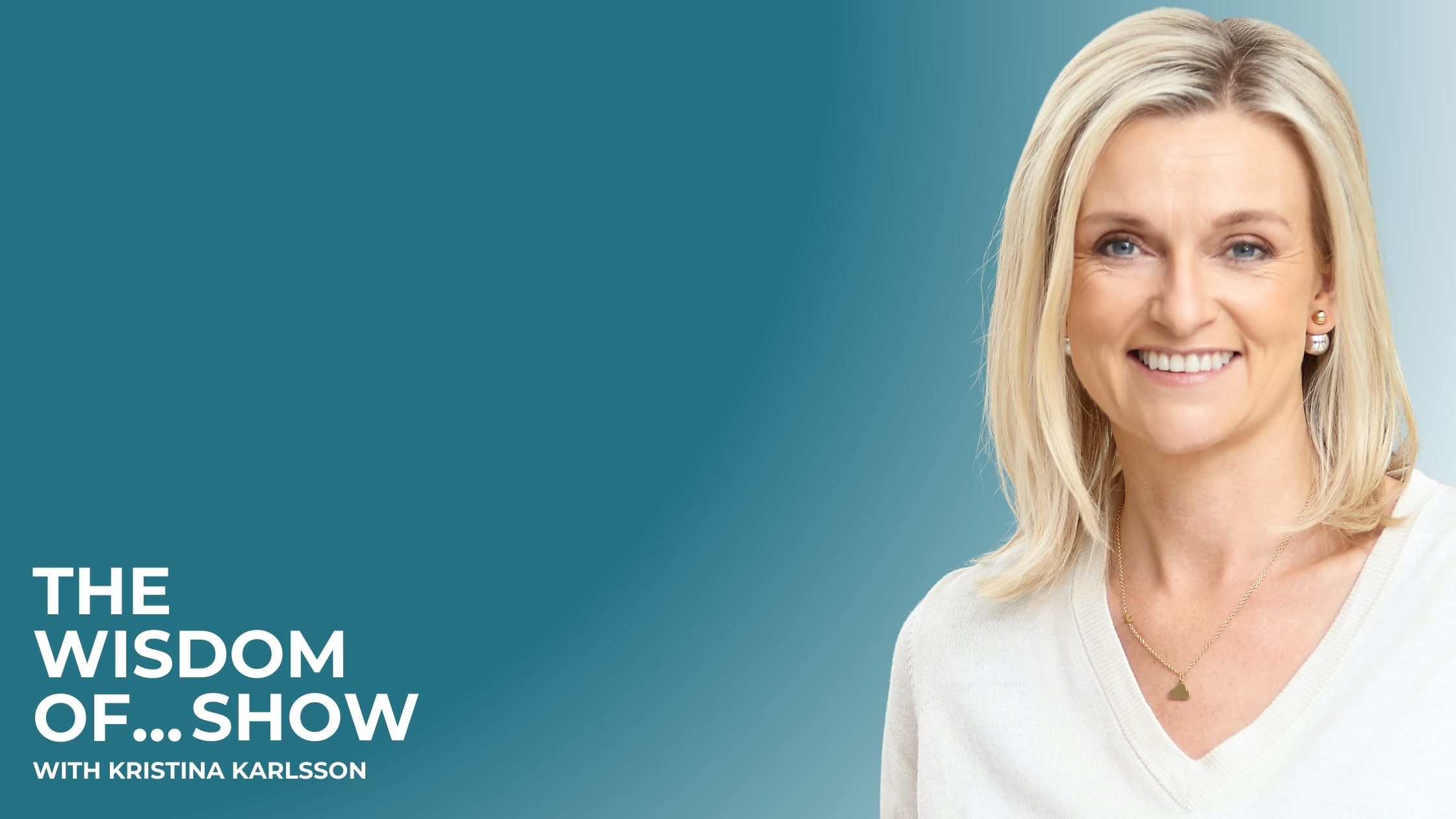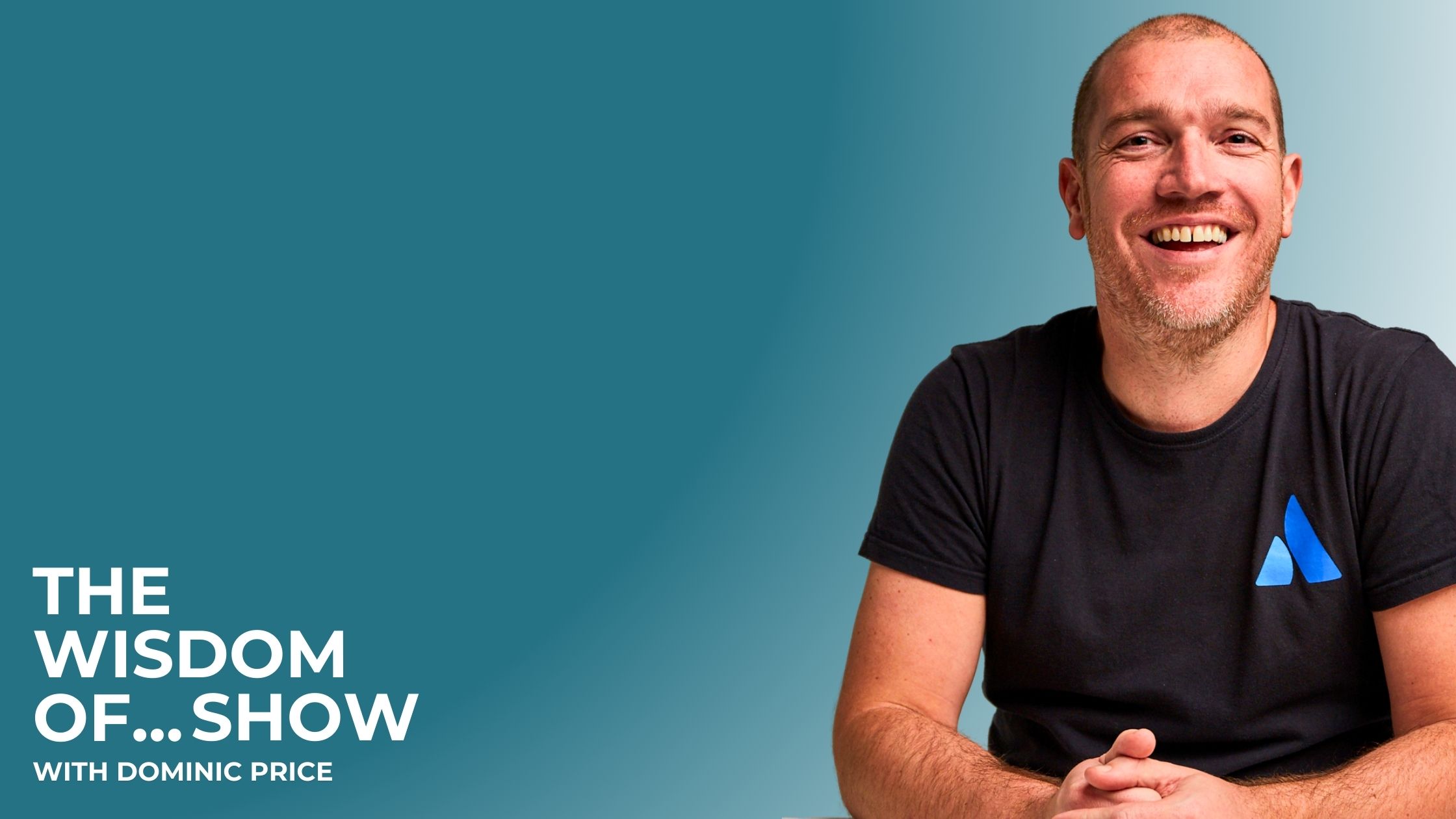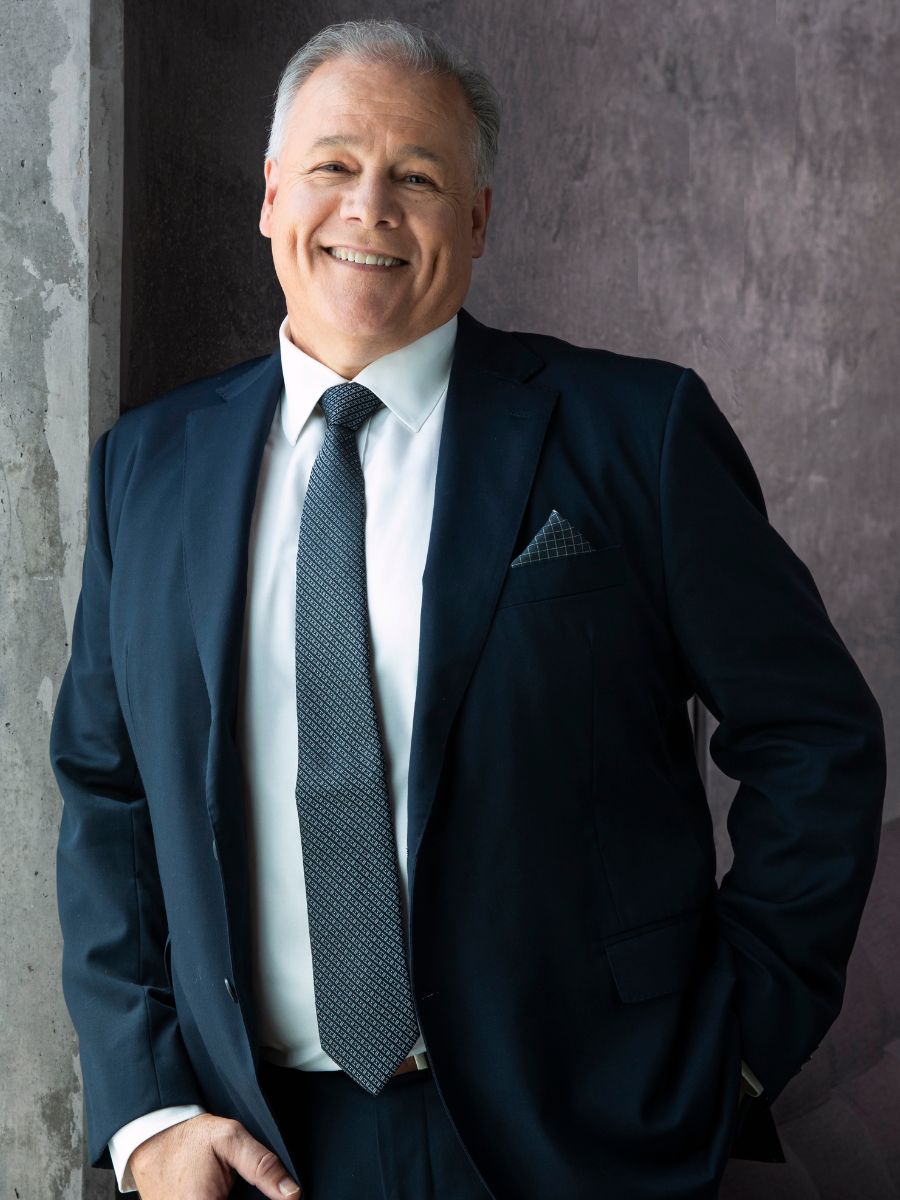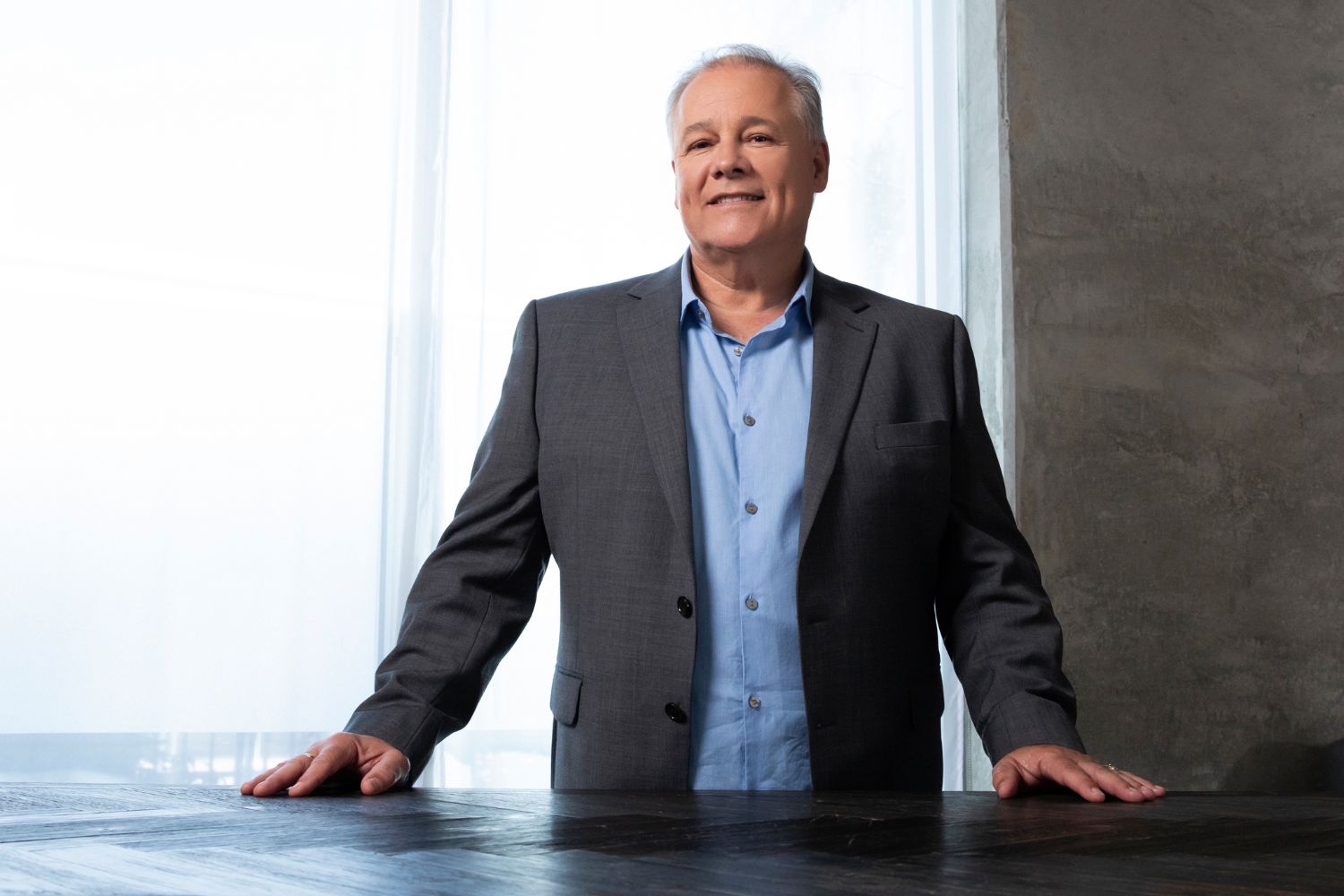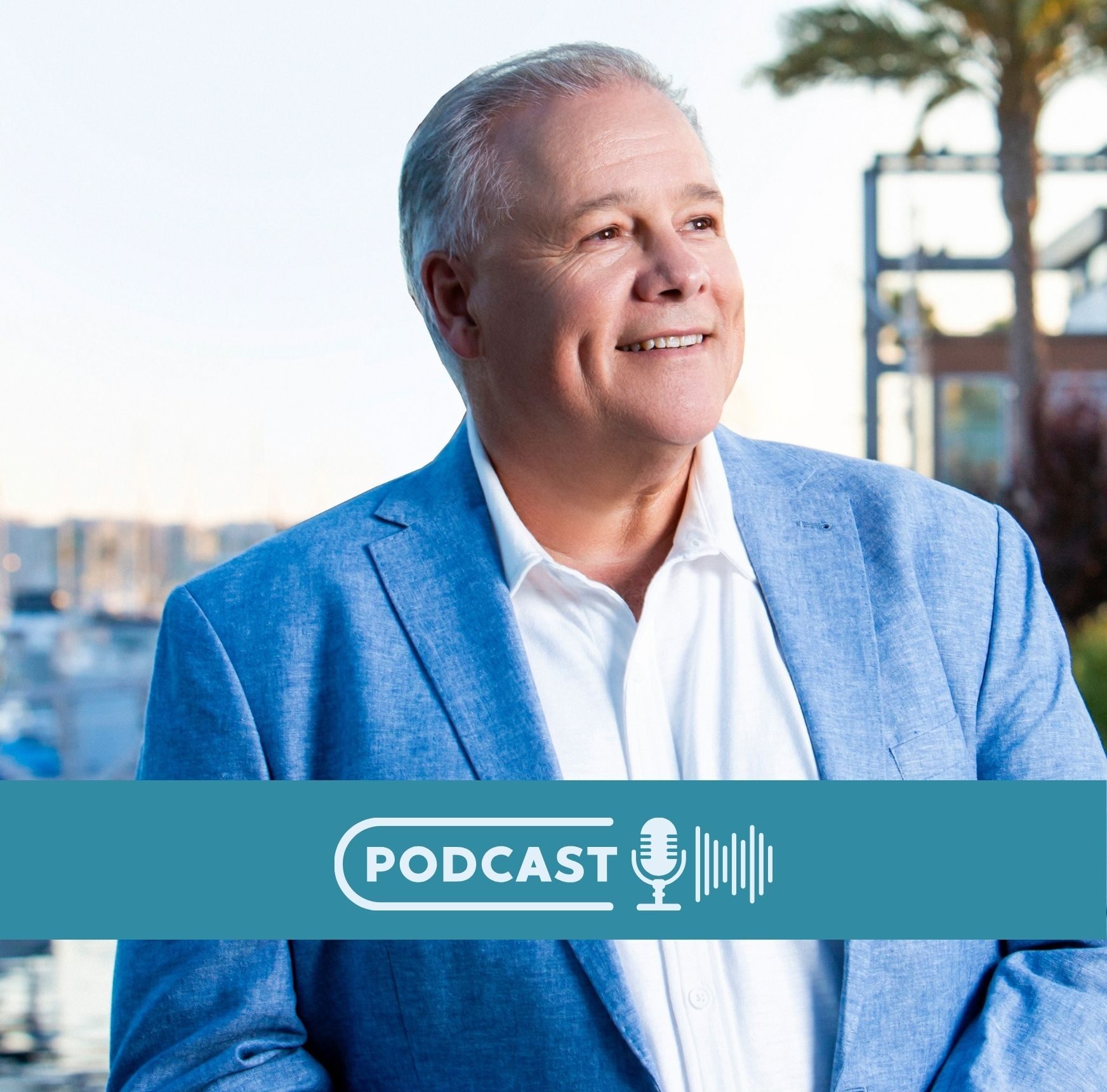In any contentious, complex conversation, I’ve realized that there is one moment where everything comes together.
It’s the magical three-quarter mark.
Now, it’s not like you can sit there and wait silently, without any real strategy, for 90 minutes in a 2-hour conversation, and suddenly, consensus occurs.
No, it’s much more strategic than that.
Over the past 30 years of leading discussions in every possible type of scenario – business, personal, government, even global issues – I’ve realized that if I frustrate everyone for three-quarters of the available time, I can build enough energy in the room for people to want to solve the problem.
Why frustration? It’s pretty simple: frustration catalyzes change. As a facilitator, my goal is to guide participants through a process that builds energy, anticipation, and a strong desire to solve the problem at hand.
Imagine a room filled with individuals who have different opinions, viewpoints, and ideas. It’s common for these discussions to become contentious and complex, often leading to disagreements.
My job is to get everyone to a point where they want to solve the problem.
Hear that well: they actually, really want to solve the problem.
Not just have their voices heard in an echo chamber.
Not pretend to want a solution because it’s the “right thing to do”.
Actually, want the solution. Primed for a breakthrough. Committed to a change.
I create a sense of urgency and motivation by carefully frustrating participants for the first three-quarters of the meeting. I call it productive frustration!
People want answers; they want to find a resolution, and through that productive frustration they’re willing to invest their energy to get there.
They’ve built enough emotional energy and motivation to tackle the problem head-on. As a facilitator, I can feel the shift in the room’s atmosphere—a tangible change in dynamics.
Once people get to a level of energy where they want to solve the real problem rather than simply push their own agenda, you have to have something that very rapidly allows them to unpack the problem, but in an aligned way rather than from all different angles.
This is where a visual model is really magical.
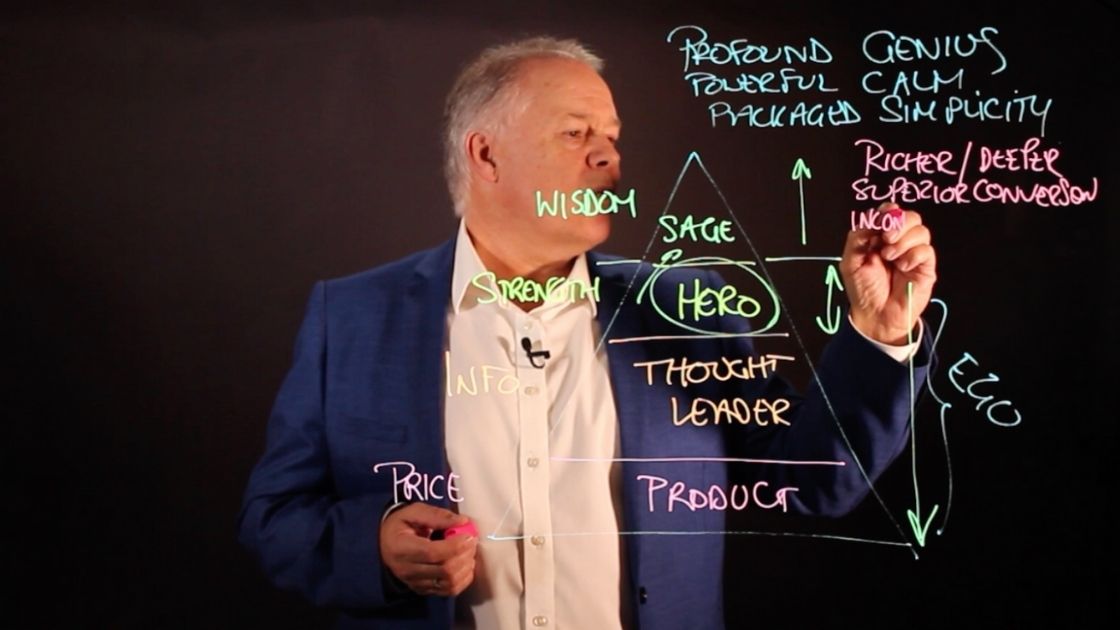
I call upon my skills in drawing, synthesizing and simplifying ideas, bringing them all together using visual models as a medium to actualize the solution.
I’ll stand before the group and say, “I think I can draw this for you.”
This simple statement triggers anticipation and excitement because participants intuitively understand that something transformative is about to happen.
The model I’m about to draw represents a solution or a new perspective on the issue at hand.
The power of the visual model lies in its ability to facilitate deep thinking. It’s not just any drawing; it’s a meticulously crafted representation of the problem, solution, or concept. Visual models have a unique way of structuring information, making it more accessible and understandable.
Models are more than just images; they are structured frameworks that organize thinking. They incorporate context, concepts, consequences, and choreography—all crucial elements. Visual models serve as blueprints for the brain, helping individuals easily navigate complex ideas.
In this example, I’m using a visual model to explain why models are so powerful.
In reality, I’ve spent the first three-quarters of the meeting figuring out the geometry, and I draw it onto a whiteboard; people’s reactions are inevitable, “Oh, that’s organized. There’s form. We don’t know the words yet, but there’s form.”
Context is the centerpiece, the critical component of any visual model, and it’s something that people inherently understand and value. Context is the anchor that no one will ever argue with. We seek a deep and profound reason that resonates with us fundamentally.
In the visual models I create, context takes center stage. It’s the core of the model—the driving force behind the solution. Context is the unifying factor that brings everyone on board, aligning them toward a common goal.
I always start with the geometry that allows me to hold context and then explain a concept through the content or material held inside the model.
And as I’m drawing, showing, and visualizing the form for the group, I’m also showing consequences. The room is moving with me through outlining a paradigm shift, and we’re showing clearly what happens if you don’t have all these pieces in place.
This is why the model becomes profoundly psychologically powerful, because everyone in the room is on the same page that we want this thing, and I am clearly able to demonstrate what happens if you do or don’t.
And, while the content, context and consequence are all critical, there is a little magical component in showmanship that makes everything come together: the choreography.
A visual model isn’t merely a static image; it’s a dynamic tool for guiding the audience. Just like a magician on stage, I carefully orchestrate the sequence in which information is revealed within the model.
The choreography allows me to set up powerful punchlines—those moments of revelation that make a lasting impression and drive individuals to embrace new ideas and solutions.
So when I create a model, it has a pathway through it, a place where you start and a place where you end. And the whole job of that pathway, just like stage comedy and magic, is to set up punchlines.
Powerful little moments that shift everyone’s perspective align a disparate room and stay with the audience forever.
“The whole job of a model is to shift someone’s paradigm so powerfully that they can’t think the way they did before.” Simon Bowen
The Three-Quarter Mark Phenomenon is a fascinating aspect of meeting dynamics, with immense potential for transformative change. By leveraging productive frustration, choreography, and the power of visual models, we can unlock profound insights, foster deep thinking, and make lasting impressions.
Incorporating context, concept, and consequence within visual models ensures that our messages are understood and embraced. As leaders, influencers, and communicators, we can harness the magic of the three-quarter mark to drive positive change and create a lasting impact.
The next time you find yourself in a meeting, remember the power of the Three-Quarter Mark Phenomenon. Embrace the frustration, guide the energy, and use visual models to lead your audience toward a brighter, more insightful future. That’s where real change begins.
Join my weekly newsletter for more updates and inspiration. If you’re ready to speak about bringing more genius to your leadership, start by applying to work with me so we can get to know one another better.

